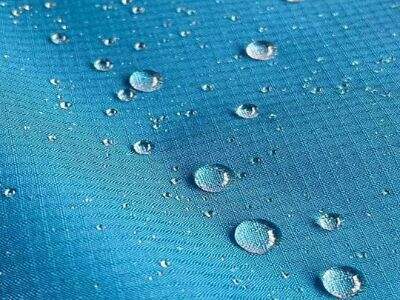The gear you need to stay dry in the rain and snow when you’re playing outside or hiking The most crucial type of gear is made from waterproof materials. These materials are used in jackets, pants, shoes and other outdoor gear that help to keep you dry when it’s damp. There are also a few things to consider when buying waterproof gear to ensure that you’re getting quality that suits your needs.
Consider durable materials that won’t easily tear or rip.
When you are outside, you can encounter sharp rocks, rough branches, thorny bushes, etc. You need gear that is strong enough for these things. Opt for waterproof materials that are durable to avoid tearing and ripping. Hopefully this way your gear will last long and remain good at keeping you dry on your adventures.
Select breathable materials — ones that allow air movement.
For Breathable waterproof fabrics, keeping water out is crucial, but they also have to allow air in; good airflow can help avoid moisture buildup in your gear. This matters because excess moisture will make you uncomfortable and potentially cold. Waterproof materials that can breathe as well, so no matter how much you are moving when you are enjoying outdoors, you can feel comfortable.
Choose very water-resistant textiles.
It is not surprising to know that most purchase waterproof materials so they can stay dry when it is raining, snowing or for that matter any other weather. So, you want to select materials that are highly waterproof. When in doubt, look for gear with waterproof coatings or treatments to ensure it remains watertight. It keeps you dry in any weather.
Choose materials that are light and flexible.
When you go hiking, biking, waterproof nylon fabric or just playing in the rain, you don’t want heavy gear or anything that restricts your movement. Opt for lighter, more flexible waterproof materials. Opt for lightweight fabrics that don’t hold you back when you’re adventuring outdoors.
Consider using products that are environmentally friendly.
As we venture outdoors more, Waterproof material fabric we have to consider to what degree our gear impacts the environment. If you do purchase waterproof materials, choose those made from recycled or environmentally conscious sources. This type of habit can lessen the effect you have on the Earth. Seek those certified by organizations such as the Global Recycled Standard (GRS) or made with sustainable materials such as organic cotton or bamboo.
To summarize, here are key tips to keep in mind when purchasing waterproof gear. Find materials that are durable, breathable, highly water-resistant, lightweight and sustainable. When you consider these factors, you can then find the best gear to ensure you stay dry, comfortable and have fun when outdoors. So throw your waterproof gear on the next time you venture outdoors!

 EN
EN



































